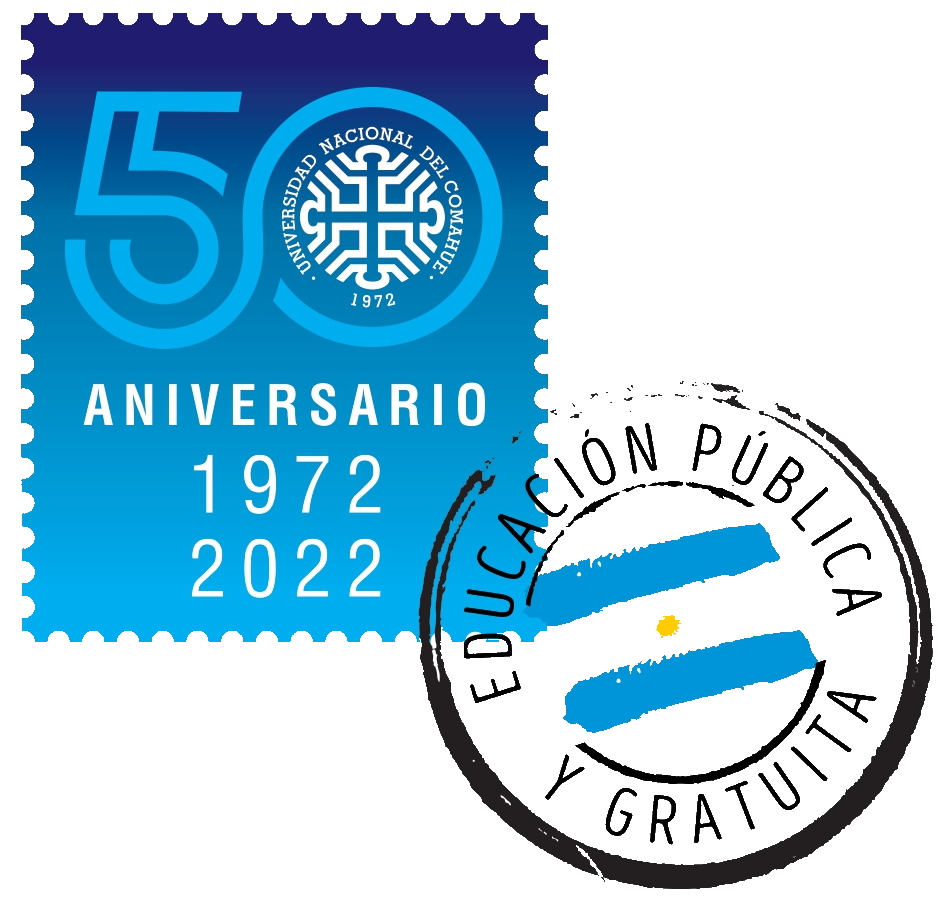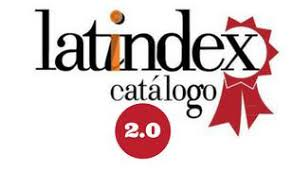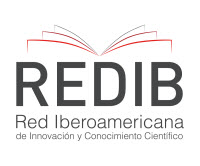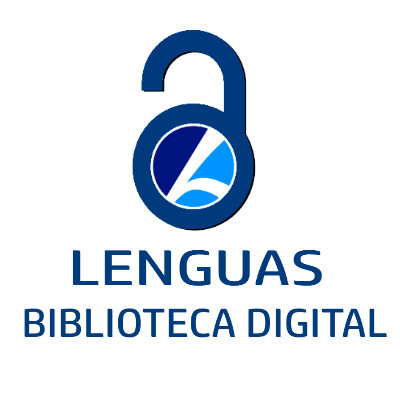La enseñanza del español como lengua extranjera a estudiantes con Trastorno del Espectro Autista
Palabras clave:
glotodidáctica inclusiva del español, estudiantes con TEA, desarrollo del lenguaje en el TEA, estilo de aprendizaje, currículo adaptado, escuela secundaria, inclusive language teaching, students with ASD, language development in ASD, learning style, adaptResumen
El objetivo de este artículo es abordar la enseñanza del español como lengua extranjera (ELE) a estudiantes con diagnóstico de Trastorno del Espectro Autista (TEA) en la escuela secundaria. La enseñanza inclusiva de la lengua española requiere un diseño de programa curricular que considere el estilo de aprendizaje atípico del estudiante con dicho diagnóstico para generar las configuraciones de apoyo que andamien su aprendizaje en lenguas. Para ello, es necesario conocer el perfil lingüístico-comunicativo de los estudiantes con TEA, que se deriva de su condición diagnóstica. Finalmente, se propone un modelo de enseñanza para una didáctica inclusiva específica del TEA en el aula de español que contempla la labor educativa cotidiana con los docentes de materia y el docente sostén-apoyo a la inclusión.
Abstract
The objective of this article is to address the teaching of Spanish as a foreign language (SFL) to students diagnosed with Autism Spectrum Disorder (ASD) in high school. In order to teach the Spanish language in an inclusive way, a curriculum program design that considers the student's atypical learning style with this diagnosis is required to generate the support configurations that scaffold their language learning. For this, it is necessary to know the linguistic-communicative profile of the students with ASD, which derive from their condition. A teaching model is proposed for a specific inclusive didactics of ASD in the SFL classroom that contemplates the daily educational work with language teachers and the student’s tutor.
Descargas
Citas
American Psychological Association. (1994). Diagnostic and statistical manual of mental disorders (4th). Washington, DC: Author.
American Psychological Association. (2002). Manual Diagnóstico y Estadístico de los Trastornos Mentales Texto Revisado (DSM-IV-TR). Barcelona: Masson.
American Psychological Association. (2013). Diagnostic and statistical manual of mental disorders (5th ed.). Arlington, VA.
Asperger, Hans. (2003). Bizarri, isolati e intelligenti. Il primo approccio clinico e pedagogico ai bambini di Hans Asperger. Trento: Erikson.
Ballerini, A., Barale, F., Gallese, V. y Ucelli, S. (2006). Autismo. L’umanità nascosta. Torino: Einaudi.
Baron-Cohen, S. (1989). The autistic child’s theory of mind: a case of specific developmental delay. Journal of Child Psychology and Psychiatry, 30, 285-297. doi: 10.1111/j.1469-7610.1989.tb00241.
Baron-Cohen, S., Leslie, A., & Frith, U. (1985). Do children with autism have a theory of mind?. Cognition, 21, 37-46. doi: 10.1016/0010-0277(85)90022-8.
Baron-Cohen, S., Baldwin, D. A., & Crowson, M. (1997). Do children with autism use the speaker’s direction of gaze strategy to crack the code of language?. Child development, 68(1), 48-57. doi: 10.2307/1131924.
Bazzan, C., & Benelli, B. (2006). Se “tollerare” vuol dire “parlare”: la capacità definitoria nei disturbi dello spettro autistico. Autismo e disturbi dello sviluppo, 4, 3, Trento: Erikson.
Brandi, L. (2005). Linguaggio e comunicazione: dis/giunzioni autistiche. Quaderni del Dipartimento di Linguistica. Università di Firenze 15, 169-192.
Bruner, J. (1986). El habla del niño. Barcelona: Paidós.
Chomsky, N. (1986ª). El conocimiento del lenguaje. Madrid: Alianza.
Chomsky, N. (2008). Language and the Mind Revisited – The Rest of the World. M.I.N.D. Institute Lecture Series on Neurodevelopmental Disorders, UCtelevisión. Recuperado de https://www.uctv.tv/shows/Language-and-the-Mind-Revisited-Language-and-the-Rest-of-the-World-with-Noam-Chomsky-7414.
Dewey, J. (1938). Experience and Education. New York: Macmillan.
Filipek, P., Accardo, P.J., Ashwal, S., Baranek, G.T., Cook, E.H., Dawson, G., Gordon, B., Gravel, J.S., Johnson, C.P., Kallen, R.J., Levy, S.E., Minshew, N.J., Ozonoff, S., Prizant, B.M., Rapin, I., Rogers, S.J., Stone, W.L., Teplin, S.W., Tuchman, R.F., & Volkmar, F.R. (2000). Practice parameter: Screening and diagnosis of autism Report of the Quality Standards Subcommittee of the American Academy of Neurology and the Child Neurology Society. Neurology, 55, 468–479. doi: 10.1212/wnl.55.4.468.
Frawley, W. (2000). Vygotsky y la Ciencia Cognitiva. Buenos Aires: Paidós.
Frith, U. (1996). Cognitive explanations of autism. Acta Pædiatrica, 85(416), 63-68. https://doi.org/10.1111/j.1651-2227.1996.tb14280.x.
Frith, U. (2001). Mind Blindness and the brain in autism, Neuron, 32, 969–979. https://doi.org/10.1016/S0896-6273(01)00552-9.
Frith, U. (2006). Autism and the Brain's Theory of Mind. M.I.N.D. Institute Lecture Series on Neurodevelopmental Disorders, UCtelevisión. Recuperado de https://www.youtube.com/watch?v=nSk-KMTqFxY.
Frith, U. (2013). How cognitive theories can help us explain autism. M.I.N.D. Institute Lecture Series on Neurodevelopmental Disorders, UCtelevisión. Recuperado de https://www.youtube.com/watch?v=7_qaz6b0Nsw&feature=youtu.be&app=desktop.
Frith, U., & Happé, F. (1994). Language and communication in autistic disorders. Philosophical Transactions of the Royal Society of London. Series B: Biological Sciences, 346, 135. doi:10.1098/rstb.1994.0133.
Frith, U., & Happé, F. (1995). Autism, Beyond "theory of mind”. Cognition, 50, 115-132. doi: 10.1016/0010-0277(94)90024-8.
Gradin, T. (1995). El autismo y el pensamiento visual: su influencia en mi trabajo profesional. Nueva York: Vintage Press.
Grosso, M. L. (2020ª). Didáctica inclusiva de la lengua española en la escuela secundaria apara estudiantes con TEA. Hispanistas, XX , 80.
Grosso, M. L. (2020ᵇ). La inclusión en el enfoque glotodidáctico del español: reflexión teórica. Artículo entregado para la publicación.
Happé, F. (1997). Central coherence and Theory of Mind in autism: reading homographs in context. British Journal of Developmental Psychology, 15, 1-12. https://doi.org/10.1111/j.2044-835X.1997.tb00721.x.
Happé, F. (1998). Introducción al autismo. Alianza Editorial, Madrid.
Happé, F., & Frith, U. (2006). The Weak Coherence Account, Detail-focused Cognitive Style en Autism Spectrum Disorders. Journal of Autism and Developmental Disorders, 36(1), 5-25. doi: 10.1007/s10803-005-0039-0.
Hobson, P. (1990). On acquiring knowledge about people and the capacity to pretend: Response to Leslie (1987). Psychological Review, 97(1), 114-121.
Hobson, P. (1991). Against the theory of 'theory of mind’. British Journal of Developmental Psychology, 9(1), 33-51. https://doi.org/10.1111/j.2044-835X.1991.tb00860.x.
Hobson, P. (1993). Autism and the development of mind. UK: Erlbaum Associates Ld Hove.
Hobson, P., & Meyer, J. A. (2005). Foundations for self and other: a study in autism. Developmental Science, 8(6), 481– 491. https://doi.org/10.1111/j.1467-7687.2005.00439.x.
Kanner, L. (1943). Autistic disturbances of affective contact. Nervous Child, 2, 217-250.
Kanner, L., & Eisenberg, L. (1956). Early infantile autism 1943-1955. American Journal of Orthopsychiatry, 26, 55-65. https://doi.org/10.1111/j.1939-0025.1956.tb06202.x.
Karmiloff-Smith, A. (1992ᵇ). Nature, Nurture and PDP: Preposterous Developmental Postulates? Connection Science, 4(3-4), 253-269. doi: 10.1080/09540099208946618.
Karmiloff-Smith, A. (1994) Más allá de la modularidad. Madrid: Alianza.
Karmiloff-Smith, A. (1998). Developmental itself is the key to understanding developmental disorders. Trends in Cognitive Sciences, 2(10), 389-398. doi: 10.1016/s1364-6613(98)01230-3.
Lord, C., Tager-Flusberg, H., & Paul, R. (2005). Language and communication in autism. D. J. Cohen & F. R. Volkmar (Eds.), Handbook of autism and pervasive development disorders, 2º ed. New York: John WiLEY 335-364.
Organización Mundial de la Salud. (1990). CIE-10. Décima Edición de la Clasificación Internacional Estadística de Enfermedades y Problemas Relacionados con la Salud. Ginebra: Autor. Recuperado de http://ais.paho.org/classifications/Chapters/.
Organización Mundial de la Salud. (2018). CIE-11. Undécima Edición de la Clasificación Internacional Estadística de Enfermedades y Problemas Relacionados con la Salud, Ginebra: Autor. Recuperado de https://icd.who.int/browse11/l-m/es.
Organizzazione Mondiale della Sanità. (2001). ICF: International Classification of Functioning, Disability and Health, Genève. OMS; trad. it. Classificazione internazionale del funzionamento, della disabilità e della salute (ICF). Trento, Erickson, 2002.
Ozonoff, S., Pennington, B., & Rogers, S. (1991). Executive function deficits in high-functioning autistic individuals: a relationship to theory of mind. Journal of child psychology and psychiatry, 32(7), 1081-1105. doi: 10.1111/j.1469-7610.1991.tb00351.x.
Pennington, B., Rogers, S., Bennedetto, L., McMahon Griffith, E., Taffi Reed, D., & Shyu, V. (1999). Pruebas de la validez de la hipótesis de la disfunción ejecutiva en el autismo. In Russel, El autismo como trastorno de la función ejecutiva. Madrid: Editorial Médica Panamericana SA, 139-175.
Perkins, M., Dobbinson, S., Boucher, J., Bol, S., & Bloom, P. (2006). Lexical Knowledge and Lexical Use in Autism. Journal of Autism and Developmental Disorders, 36, 795-805. doi: 10.1007/s10803-006-0120-3.
Rapin, I., & Dunn, M. (2003). Update on the Language Disorders of Individuals on the Autistic Spectrum. Brain & Developmental, 25, 166-172. doi: 10.1016/s0387-7604(02)00191-2.
Tager-Flusberg, H. (1989). A psycholinguistic perspective on language development in the autistic child. In Dawson (Ed.) Autism: Nature, diagnosis, and treatment (92-115). New York, US: Guilford Press.
Tager-Flusberg, H. (1994). Dissociations in form and function in the acquisition of language by autistic children. In Tager-Flusberg (Ed.), Constraints on language acquisition: Studies of atypical children, 175-194, Hillsdale, NJ: Erlbaum.
Vianello, R. (2011). Disabilità cognitive (nell'ottica per cui la comprensione dello sviluppo atipico favorisce anche la comprensione dello sviluppo tipico e più in generale il funzionamento della mente). UniPD, Padova.
Volden, J., & Lord, C. (1991). Neologisms and idiosyncratic language in autistic speakers. Journal of Autism and Developmental Disorders, 21(2), 109-130. https://doi.org/10.1007/BF02284755.
Vygotsky, L. (1964). Pensamiento y lenguaje. Buenos Aires: Lautaro.
Wing, L. (1998). El autismo en niños y adultos. Buenos Aires: Paidós.
Wing, L., & Gould, J. (1979). Severe Impairments of Social Interaction and Associated Abnormalities in Children: Epidemiology and Classification. Journal of Autism and Developmental Disorders, 9, 11-29. doi: 10.1007/bf01531288.
Publicado
Cómo citar
Número
Sección
Licencia
Los autores de los artículos publicados conservan los derechos de copyright.
Licencia de uso:

Creative Commons Atribución-NoComercial-CompartirIgual 4.0 Internacional.
















